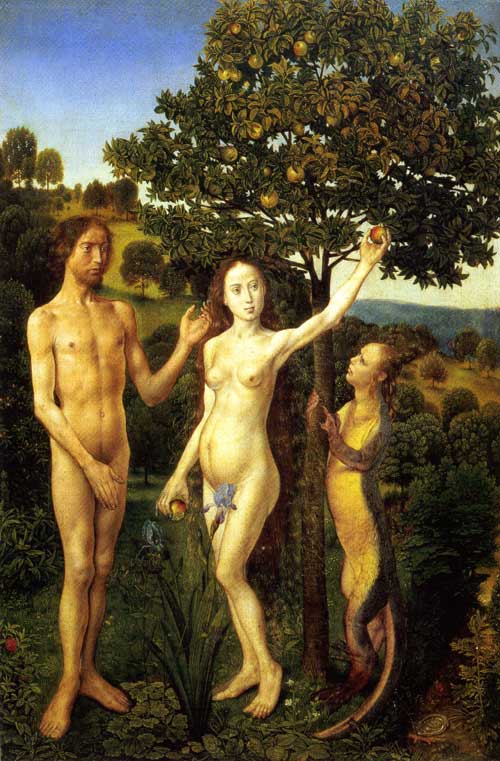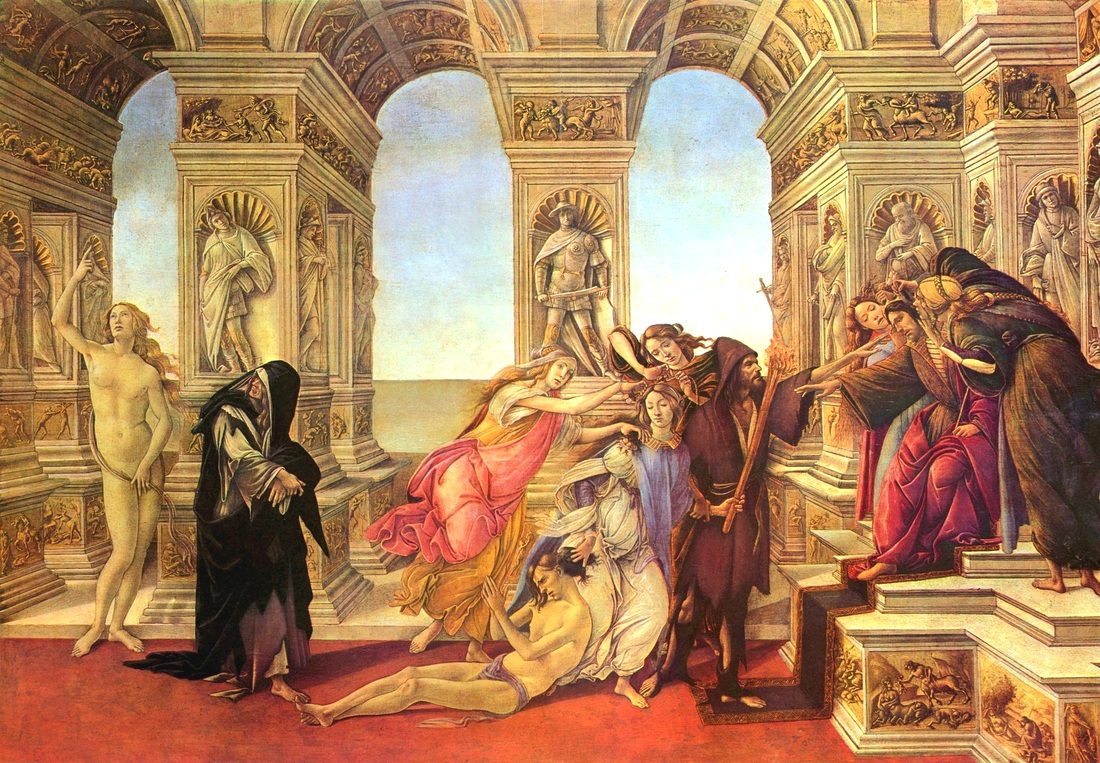* My personal memories of Sandybrook Hall *
Sandybrook Hall (Ashbourne, Derbyshire) was the home of my Oma (grandmother) when I was a child. I often visited, and dreaded being there because of the taxidermy animals and general uneasy feeling I had whilst in the mansion. I particularly disliked the main staircase in the foyer area - on the wall above the staircase resided a moose head and I remember always running past this area, from room to room either side, with my eyes closed. Years later, because I knew that the house held a lot of history, I decided to research into what happened there. I was amazed to find out that the staircase I was always so terrified of as a child, was the scene of a terrible accident (see below).
Other side of the mansion
Research
http://www.childrenshomes.org.uk/AshbourneWS/
http://wherefivevalleysmeet.blogspot.co.uk/2013/09/how-three-derbyshire-girls-were.html
'Monica and Dorothea lived at Sandybrook Hall, an elegant 19th century mansion close to the market town of Ashbourne, Derbyshire. They were the two beautiful daughters of Mr and Mrs Peveril Turnbull. Monica, at the age of 22 was already recognised by the critics as an outstanding poet. On the morning of 4th March 1901 a fire caused by the upsetting of a heavy oil lamp set fire to Dorothea's dress. Monica rushed to save her, and was burned to death. Dorothea also died from her injuries six weeks later.'
'This beautiful window is by Christopher Whall a Pre-Raphaelite stained glass artist/designer and a leader of the Arts and Crafts Movement. It is a jewel in stained glass, showing Arts and Crafts at its most ethereal. The window depicts the three virgin martyrs: St. Barbara, St Cecilia and St Dorothy, but St. Barbara and St. Dorothy are actual portraits of Monica and Dorothea - the window was given to St. Oswald church in Ashbourne by the parents in memory of their daughters.'
'St. Dorothy whose symbol is flowers, represents Dorothea the younger sister whose dress caught fire.'
'St. Barbara carrying the sword of her martyrdom in her right hand - represents Monica, the poet, who rushed to save her sister.'
https://dmichaelbrown1.wordpress.com/dorathea/
Dorothea Peveril Turnbull
'This red chalk drawing is by Edward Robert Hughes, undertaken when Dorothea Turnbull was only 5 years old. As beautiful as the picture is the story behind it is a sad as any you will read. The following are extracts from George Shaw’s book ‘People of the Millennium in Ashbourne, from Cockayne to the Queen’ and a personal letter.'
THE STORY
‘One of the greatest tragedies to occur in Ashbourne happened on the 9 February 1901 at Sandybrook Hall, the home of the Turnbull family. Peveril Turnbull had just bought a new lamp for the dinner table, and had been warned that it should not be carried whilst lit. For some reason he had not taken the advice and whilst walking out of the dining room the lamp flared and he dropped it. The lamp fell at the feet of his younger daughter Dorothea and her dress burst into flames. Her sister Monica ran to her aid but her dress also caught fire. Both girl’s injuries proved fatal. Monica died three weeks later on 4 March, while Dorothea lived for two months longer. Despite attempted skin grafts, she also died on the 27 April. The parents later became involved in the care of children in need and in Windmill Lane they built St Monica’s Home, an orphanage.'

‘Dear Mr Brown, I am sending you a photo of Monica sitting on her mother’s knee by Hughes. This painting was on the staircase of St.Monica’s Home. When the Home was closed down by the Children’s Society it was handed over to St. Oswald’s Church for safe keeping. Note the way the artist captured the sadness of the mother’s face; she had lost her baby son when the pram ran into the sea and he was drowned. She was to lose the remainder of her children in the fire in Sandybrook Hall years later.
http://www.bbc.co.uk/derby/content/articles/2007/01/03/divine_art_turnball_feature.shtml
Ashbourne Historian George Shaw
In 1901, Peveril Turnbull, a church warden at St Oswald's, lost both his daughters, Monica and Dorothy, as a fallen candle stick caused both girls to catch fire. Monica, a nationally revered young poetess, is thought to have described a premonition earlier that morning in the poem known as Little Song.





































